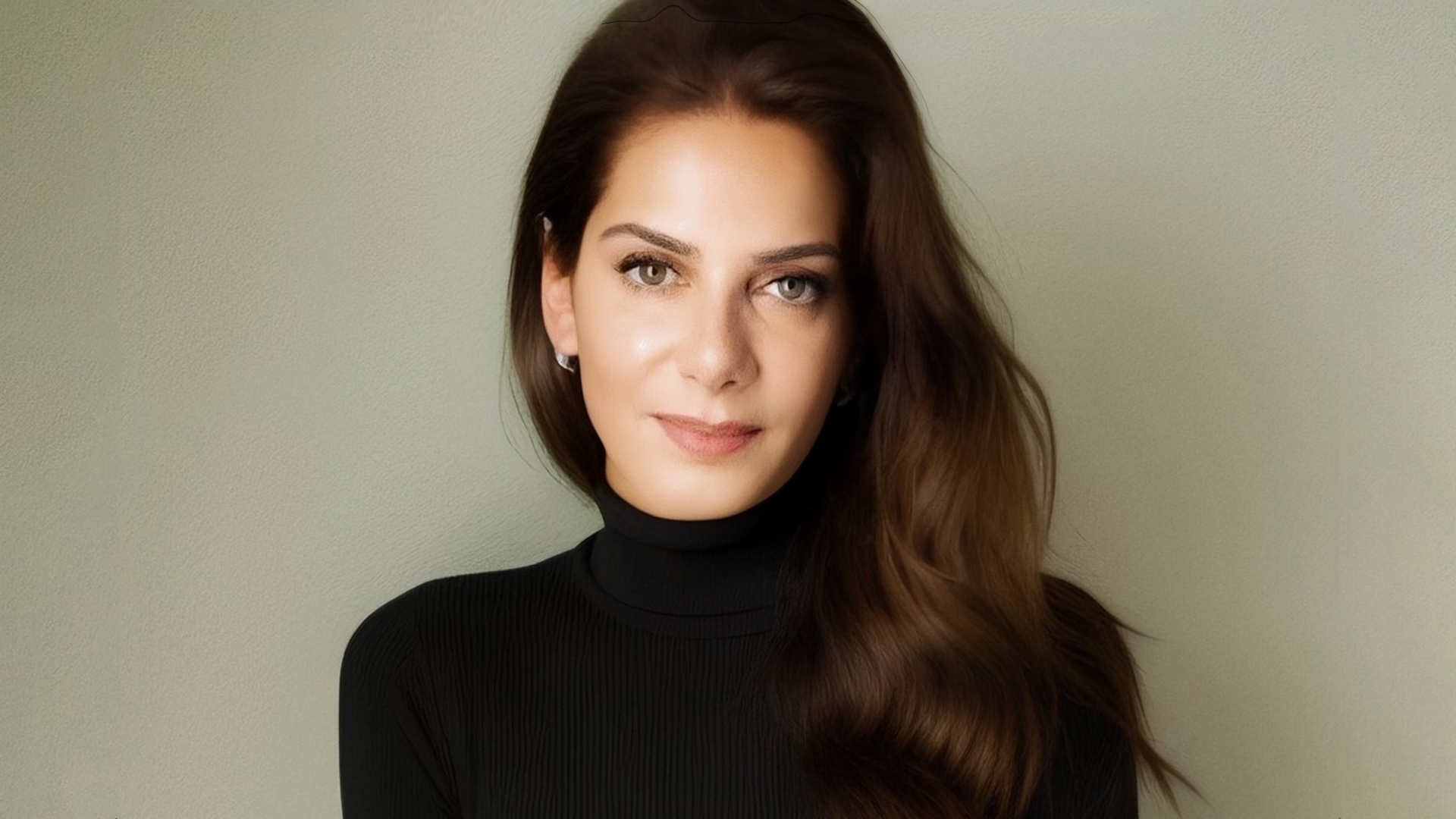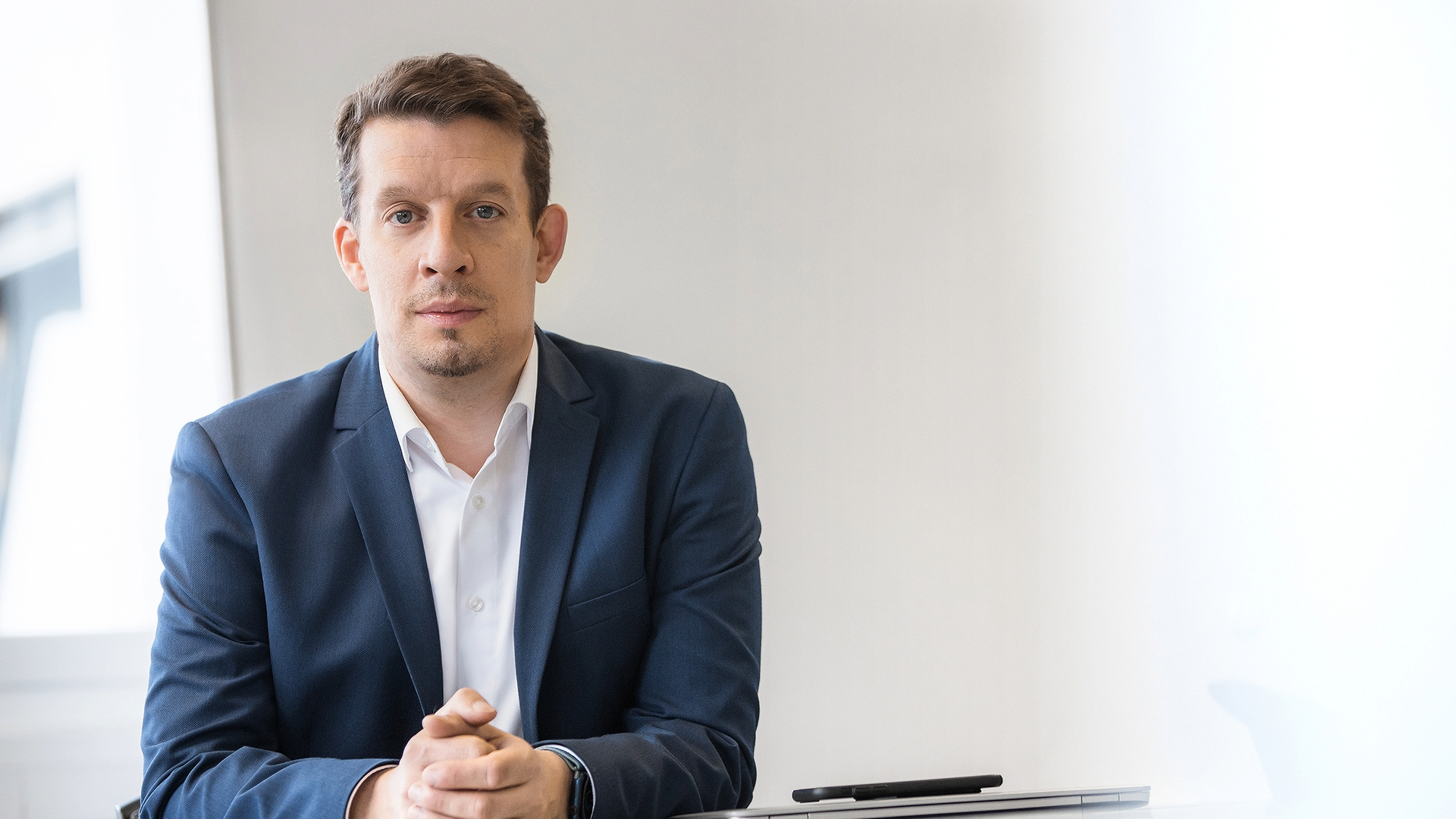Longchamp’s unique positioning is both a blessing and a difficulty to understand, says Jean Cassegrain, the chief executive of the French leather goods company, but he sees it as a big opportunity for the iconic brand to develop and grow further in the years to come.

It has been a little under two years since Jean Cassegrain first shared his thoughts with Luxury Society on how the French leather goods company remained agile during the challenging landscape that many luxury brands faced during the global COVID-19 pandemic.
But since then, the iconic brand has seen a significant improvement in its business, thanks to its nimble pivot towards increasing its focus on the local customer, strengthening both its physical and digital presences and its willingness to experiment with its business model when times were tough.
“We are finishing the year significantly above pre-COVID levels in 2019,” said Cassegrain, of company’s financial performance last year. “And during 2022, we have seen acceleration month after month. The last quarter of 2022 was really very, very strong and significantly above 2019.”
“At this point, we don’t see any negative signs for the moment,” he continued, noting the concerns that many have about a looming recession. “I think everyone is tightening the screws a little bit. But what I can say is that we feel that our customers are still motivated and still happy to go shopping. And we see no sign of any change or it going down, but we remain alert.”
Remaining alert for Cassegrain means taking the hard lessons that the privately-held, family-run company learnt during COVID, which meant having to be more flexible, agile and being able to pivot the business quickly towards solutions. “We want to stay agile,” said Cassegrain. “That’s what we’re trying to do. And so far, so good.”
For Longchamp, it also means continuing to invest for the longer term. Not only did the company redesign its in-store experiences last year but it is also redesigning its online experience, which will go live in June. “We continue to invest in it because we need to stay up to date,” he said of the company’s online business, which now accounts for 15 percent of sales.
Cassegrain also said that the company planned to add 450 new jobs this year, bringing its total number of employees to almost 3,500 by the end of this year. “We’re planning a very strong 2023, and our plan to create these new jobs, for us, it’s quite significant.”

Credit: Courtesy.
Another area of focus for the company over the past two years has been in improving its environmental policies, an area it believes it needs to change to meet changing customer expectations.
“Our relationship with our customers is based on trust. That trust, maybe in the past was built on our quality, because they know we have a certain level of quality, and they’re not going to be disappointed. But I think part of this implicit contract we have with the customer now is also acting in a responsible manner.”
“It’s very important for us to continue acting in a way that enables our customer to trust us, even if it has no direct or immediate impact on business,” he added. “We went through a very big effort to change all our Pliage bags from virgin polyamine to recycled polyamine. It was a large-scale change because it’s a lot of bags and it’s complicated to put in place. And the customer is not going to buy more bags, just because it’s recycled. But at some point, I think the customer will expect that it’s made from recycled and would find it bizarre if it’s not.”
Travel retail, an area of its business that was significantly hit during the pandemic before seeing signs of improvement in mid-2021, will also be a focus of investment for Longchamp. With the lifting of travel restrictions on Chinese travellers at the start of this year, Cassegrain expects travel retail to reach pre-COVID levels towards the end of 2023, and with that comes the pressure of having to maintain the deeper connections it forged with its local customers as well as welcoming back travelling luxury tourists wanting to splurge after years of travel restrictions.
“We are going to do our best to do both,” said Cassegrain. “And indeed, we learnt during COVID to do new things like maintaining a closer relationship with all our local customers. We will continue building upon that, we will not stop it.”
But what of the luxury tourists, who are expected to return in full force this summer?
Cassegrain believes the brand’s strength lies in the delivery of the experience that its customers have in its physical stores. “Our visitors need to enjoy that moment of shopping that they’re going to spend with us,” he said. “The store needs to be the ambassador of the brand and it’s probably the best way to understand the brand. It’s like if you go to someone’s house, you will discover things that perhaps you wouldn’t know just talking to me. It gives you a different idea of who I am. So, the same for a brand.”
“Also, if you have made the effort to come into a store, it means that you’re expecting something more interesting,” he added. “It’s our job to make that experience more interesting by adding elements that will make it a little bit different and original and unique that you remember. We also want our stores to be a place where our customers feel comfortable and are happy to come back to. And that always has some kind of surprise or interesting elements to discover.”

Credit: Courtesy of Longchamp.
For a brand like Longchamp, Cassegrain believes its enduring appeal to all generations and all types of different customers affords it an interesting place in the luxury market, where it has more freedom to further develop itself, compared to other large players where the competition can be more intense.
“We are in a business where there are a lot of very large actors that are very strong, very powerful, and to exist as a brand now, the bar is quite high,” he acknowledged. “And we need to do a lot of things, like image production or digital endeavours, a website in 10 different languages, flagship stores and the new products, collaborations, and partnerships. You need all of that to exist as a brand and it requires resources.”
“We do feel that our brand is rather unique,” he said. “When people ask me, who is your competition? It’s a question that I have a hard time replying to because the reality is that, I don’t think that there are many brands that resemble us. This uniqueness is, at the same time, a blessing and a difficulty. It’s nice to be different. But sometimes, it also needs to be a little bit more explaining.”
“We don’t have a direct competitor,” he continued. “We have, of course, we have many competitors, because many people sell handbags, and ready-to- wear and shoes like us. The field of competition is very wide, but there is no one that has really an identity that’s similar to us. It gives us a big opportunity, because I believe that in our spot of the market, we have with a blank space that is open to us and we have unique specificities and qualities in the brand that can help us to grow and we definitely need to grow.”










